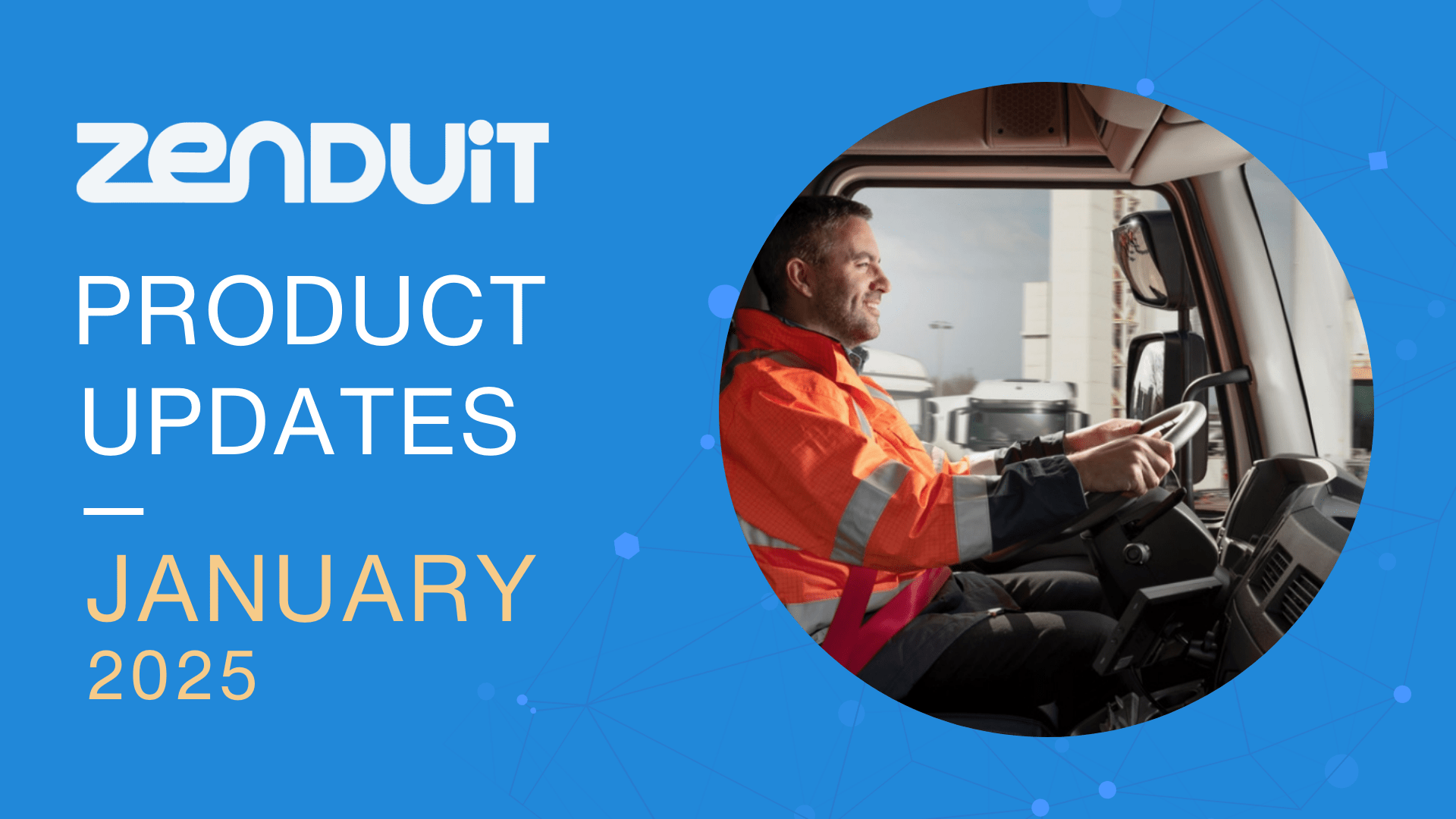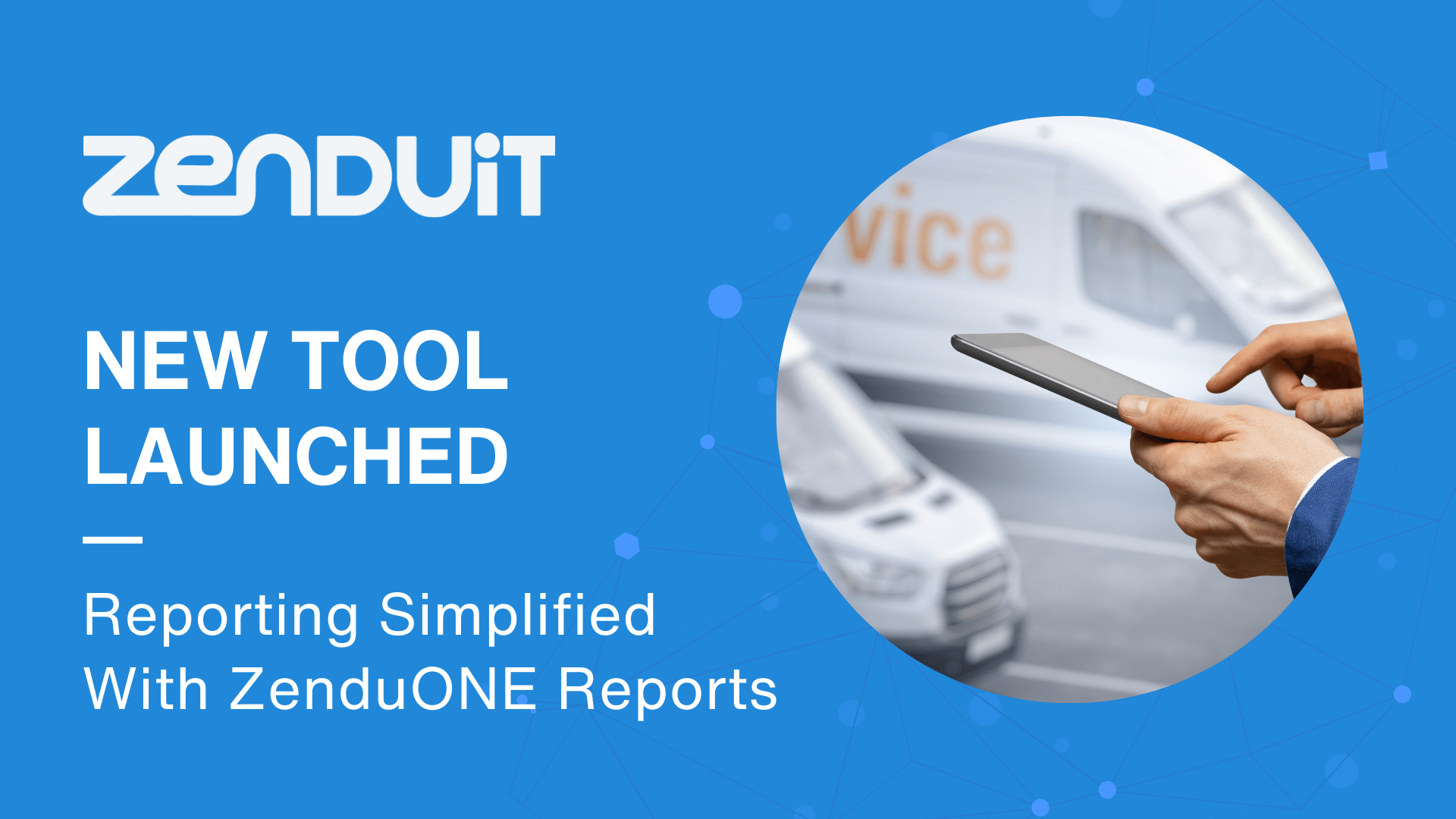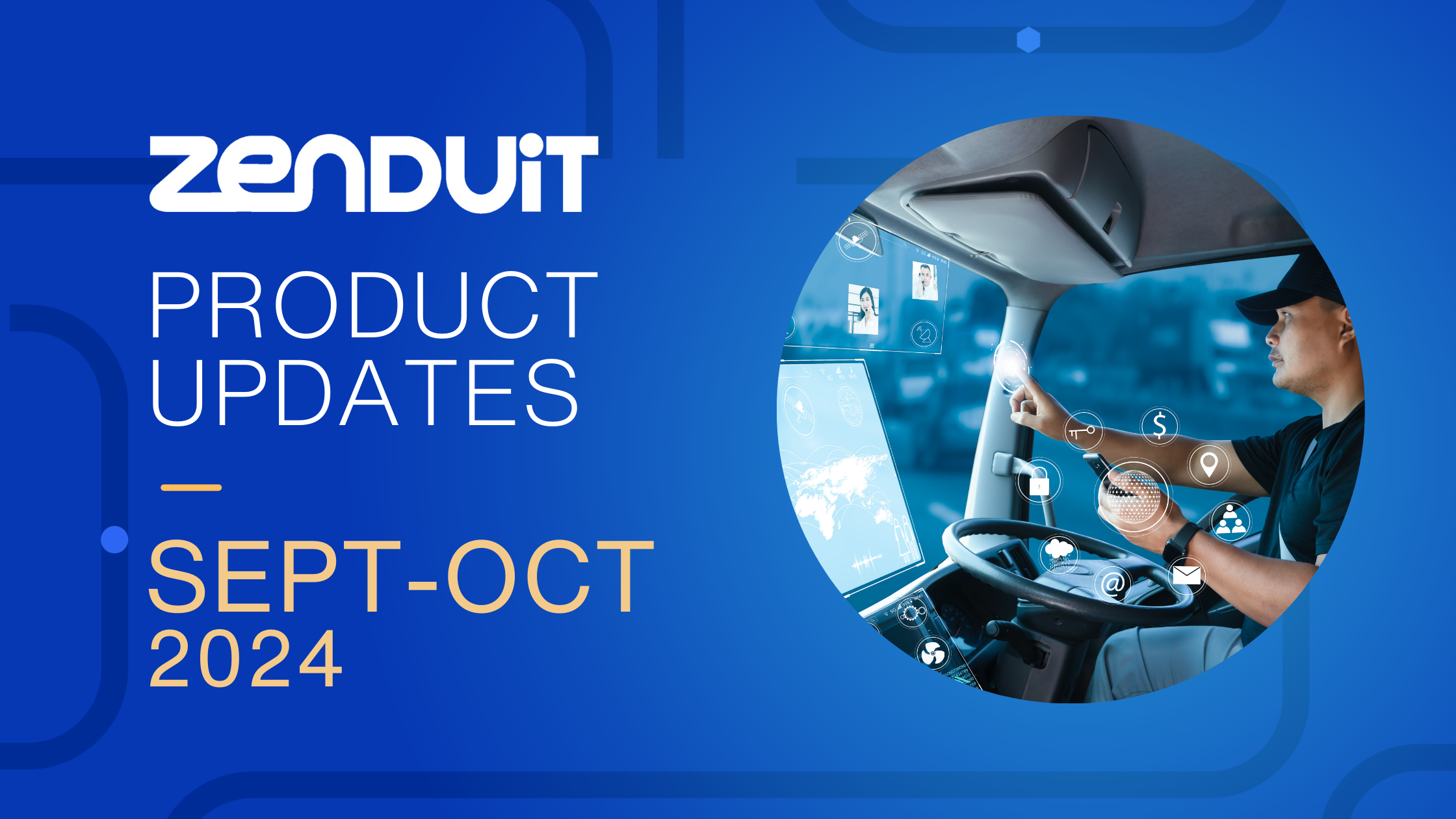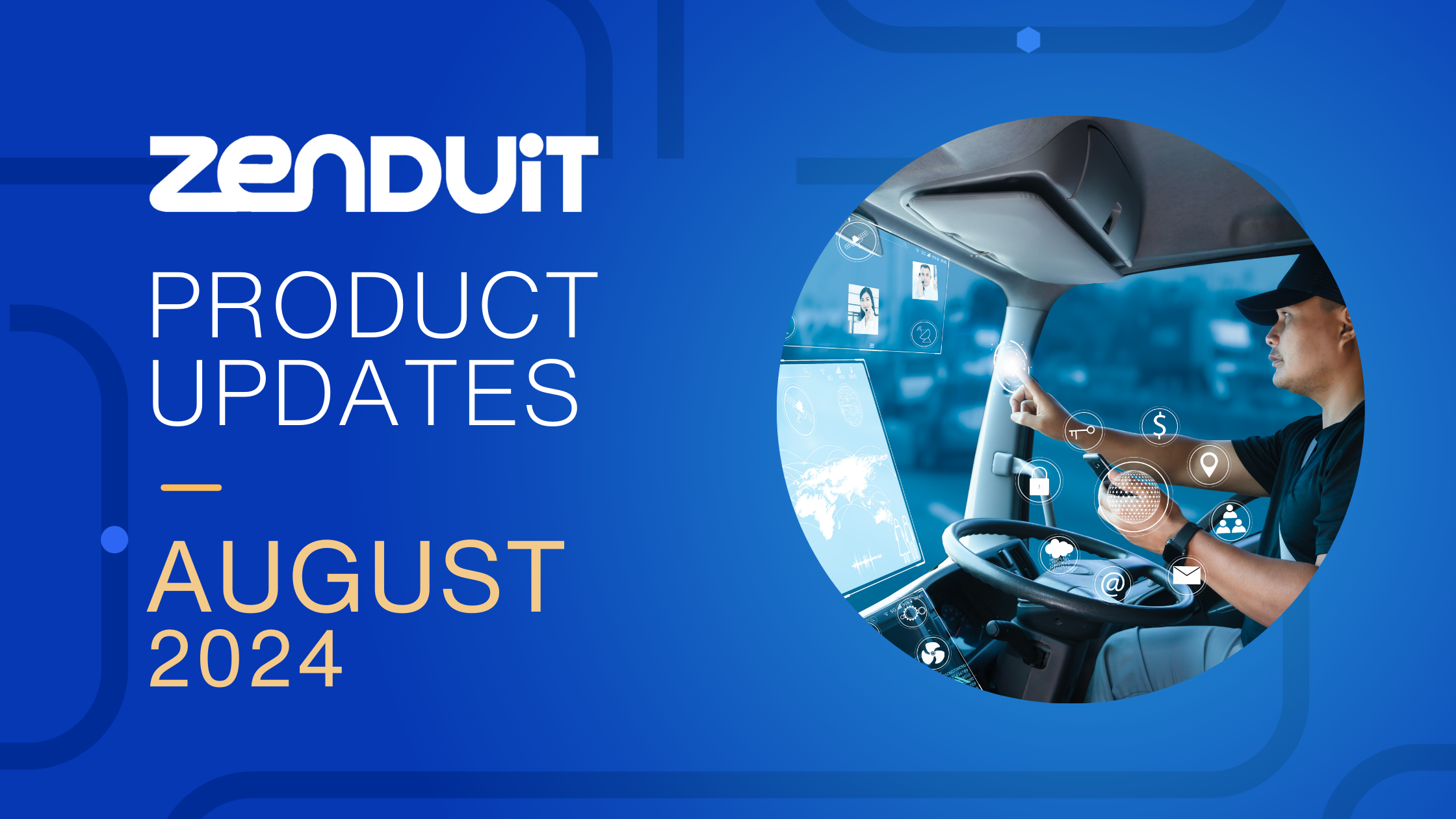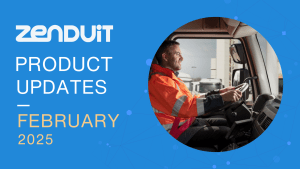Category: Blog
-
Construction Sites Are Prime Targets for Theft—Here’s the Technology Protecting Them
The construction industry operates on tight margins, strict deadlines, and high-value assets—making theft one of the biggest financial threats to contractors and developers. From stolen heavy equipment to missing materials and fuel siphoning, theft is costing construction businesses billions each year.
-
How AI-Driven Cargo Sensors Are Reducing Empty Miles and Maximizing Fleet Profits
The transportation and logistics industry is built on efficiency—maximizing cargo loads, minimizing costs, and ensuring trucks stay productive on the road. However, a major challenge continues to drain profitability: empty miles.
-
New Product Updates: January 2025
We’re excited to bring you the latest updates from ZenduONE, packed with innovations to enhance fleet management, streamline operations, and drive efficiency.
-
Simplify Fleet Reporting with ZenduONE Reports
Fleet reporting is crucial, but for many businesses, it can turn into a time-consuming and tedious task. Manually compiling data, creating reports, and ensuring timely delivery often drain resources that could be better used for strategic growth. That’s where ZenduONE Reports steps in – transforming the way fleet managers approach reporting.
-
Simplify Fleet Maintenance with ZenduONE Maintenance
Managing a fleet is no small feat – Sarah, a seasoned fleet maintenance manager, knows this all too well. Coordinating maintenance schedules for 50 vehicles, addressing driver-reported issues, and ensuring every truck is road-ready on time can be overwhelming. That’s where ZenduONE Maintenance comes in – a stress-free solution to take control of your fleet’s…
-
New Product Updates: November 2024
Mississauga, ON – November 30, 2024 – We’re excited to introduce the latest advancements from ZenduONE that are transforming the way businesses manage fleets. Focused on driving efficiency and reducing operational complexities, these updates empower organizations to streamline workflows, reduce downtime, and make data-driven decisions with confidence. By enhancing key processes like fleet tracking, maintenance…
-
New Product Update Notes: Sept – Oct 2024
Mississauga, ON – October 30, 2024 – We’re excited to introduce the latest advancements from ZenduONE, specifically crafted to address critical challenges in fleet management, such as reducing operational costs, improving efficiency, and simplifying data access. These updates enhance key areas like fleet tracking, maintenance automation, and centralized data management, providing fleet managers with powerful tools…
-
Coaching, Training, and Career Development: Building a Skilled Trucking Workforce
Investing in driver coaching, training, and career development is crucial to retaining top talent. Companies that prioritize continuous learning, provide mentorship opportunities, and offer career advancement paths are more likely to build a loyal, skilled workforce, and the trucking industry is no exception. In this post, we explore the importance of professional development in the…
-
New Product Update Notes: August 2024
Mississauga, ON – August 30, 2024 – We’re thrilled to introduce our August 2024 updates, tailored specifically to enhance your experience. Fleet managers face constant pressure to boost efficiency, cut costs, and ensure compliance. ZenduIT’s latest updates are designed to directly address these concerns, offering smarter tools for idling management, trip assignments, installations, and more.…
-
Best Recruiting Practices in Trucking
Getting top talent requires more than just posting job ads in the competitive trucking industry. With a growing driver shortage and a fierce battle for qualified candidates, companies must adopt innovative recruiting practices to attract and retain top talent, such as creating an attractive employer brand, offering competitive compensation, and fostering work-life balance. Understanding Recruitment…




































